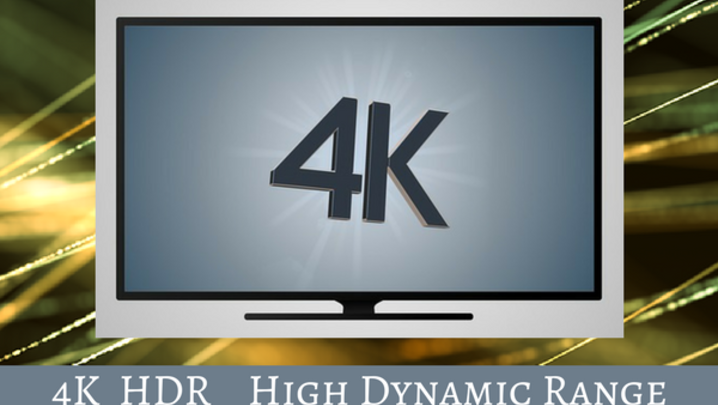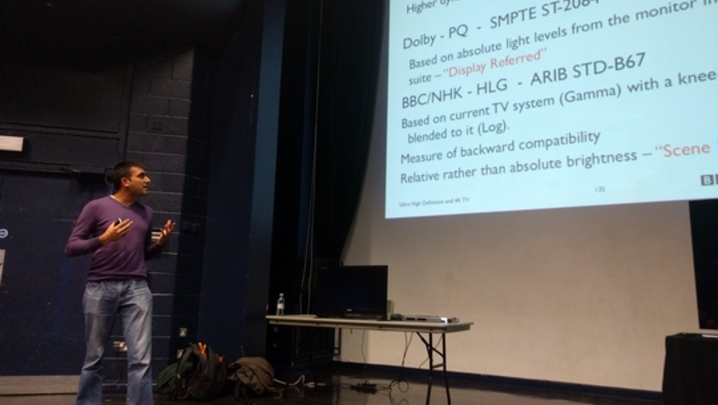Thames Valley’s late March event in Reading, “Dolby PQ Demystified” was a sell-out as industry expert Prinyar Boon astounded attendees with his knowledge of high dynamic range (HDR).
Firmly putting historic technical myths and legends to rest, Boon, Dolby-Europe director and broadcast systems architect, methodically dissected the assumptions engineers have been making for the past 50 years.
Modern video monitors with 19 stops of range now outclass SDR systems, requiring SDR to be re-defined. HDR, wide gamut, colour space, display mapping and bit depths have all been revisited with Dolby one of the industry leaders in the HDR revolution.
Not all the dynamic range has to be used all the time with the look and feel of an image being firmly in the control of the creatives, for both live as well as post-produced content, in a way that is compatible with existing working practices.
Images with more detail and amazing highlights add vivid, wider colours giving producers new artistic freedom and greater control. No longer constrained by the 100cd/m2 (nits) reference monitor of the past, peak whites can drive compatible televisions to more than 4000nits, giving incredible clarity to the image. The concept of a 100% white reference limit has been abandoned and similar scenes can be represented in many ways, depending on the artistic needs of the director.
With Boon describing in detail the new artistic freedoms available, it was clear that HDR technology demands responsible use in the same way that audio does today. The system can be abused as transients of high-contrast are open to unscrupulous use without constraint.
Following Boon’s presentation, the floor was opened to questions, with some delegates pointing out that we need to resolve the issue of UHD lenses before we are too concerned with the HDR revolution. The debate goes on.





